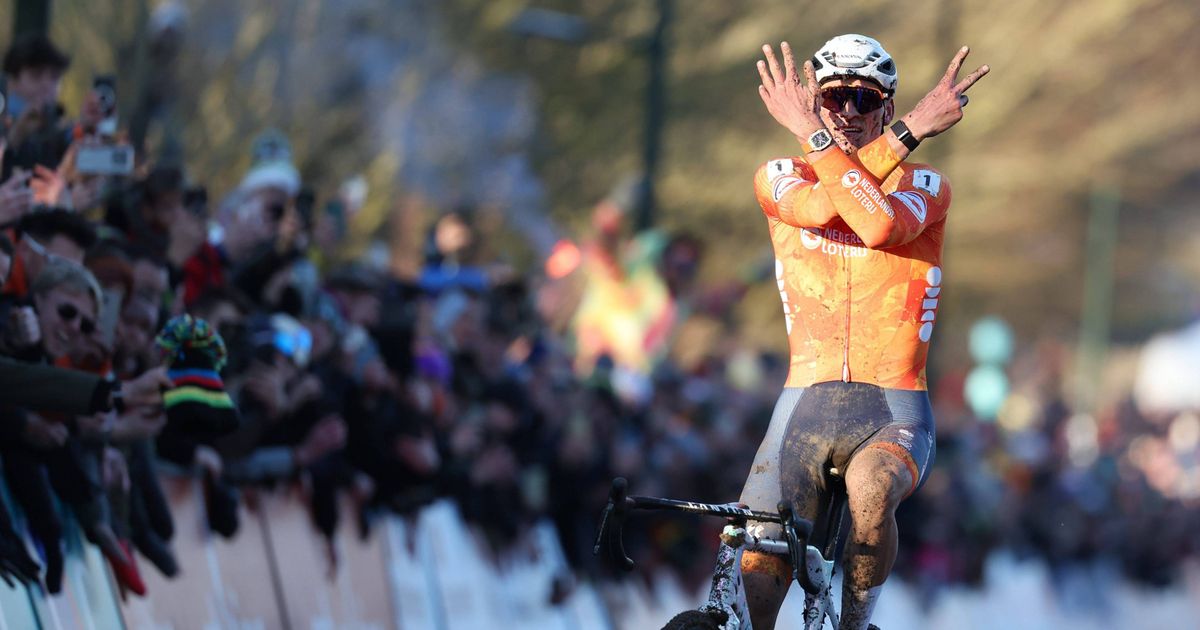Balancing road ambitions with cyclocross dominanceAfter closing his 2025 campaign at the Mountain Bike World Championships in September — and following a well-earned holiday in the United States — Van der Poel is now back training in Spain, building towards his 2026 road season with Alpecin-Deceuninck. Yet while his early-winter plans remain under wraps, speculation continues to grow that he will eventually make his return around the festive period, as has often been the case in recent years.
Van der Poel heads into the new cyclocross campaign as the most successful rider of his generation, with seven elite world titles already to his name (2015, 2019, 2020, 2021, 2023, 2024, 2025). A victory at the upcoming World Championships in Hulst (30 January – 1 February) would make him the outright record holder in the discipline — surpassing the legendary Erik De Vlaeminck’s long-standing mark of seven.
But even with history on the line, Aernouts believes Van der Poel will take a calculated approach. “If he feels that racing cyclocross at any cost could jeopardise his spring on the road, then he’ll think twice,” he told Derailleur. “He won’t take unnecessary risks. He doesn’t reveal much about what’s going on in his head, so for now we just have to wait and see.”
“If he’s healthy, he’s the favourite”
For Aernouts, one thing remains beyond doubt: if Van der Poel does decide to race, he will instantly be the man to beat. “If he’s healthy, he remains the top favourite for the rainbow jersey,” he said.
That confidence is grounded in numbers as much as reputation. Van der Poel’s win rate in elite cyclocross sits at around 70%, a figure unmatched in modern times. Across more than 200 starts since turning professional, he’s stood on the podium in nearly nine out of ten races — a staggering level of dominance in a discipline where weather, terrain and fatigue typically breed unpredictability.
His combination of explosive acceleration, technical mastery and race intuition has redefined the limits of what’s possible in cyclocross. Whether on dry grass, frozen ruts or ankle-deep mud, Van der Poel’s ability to dictate tempo and recover instantly from mistakes continues to make him the sport’s benchmark.
Waiting for the switch to flip
Van der Poel’s decision, then, isn’t one of if but when. His selective cross schedules in recent winters have allowed him to maintain freshness for the spring classics — where he’ll aim to defend his rainbow stripes and build towards another monument season.
Whenever he chooses to start, the sight of the world champion’s white-and-rainbow-striped jersey slicing through a muddy field will once again signal the true arrival of winter in cycling. And as Aernouts suggests, once Van der Poel does line up, the outcome will be familiar: everyone else will simply be racing for second place.

